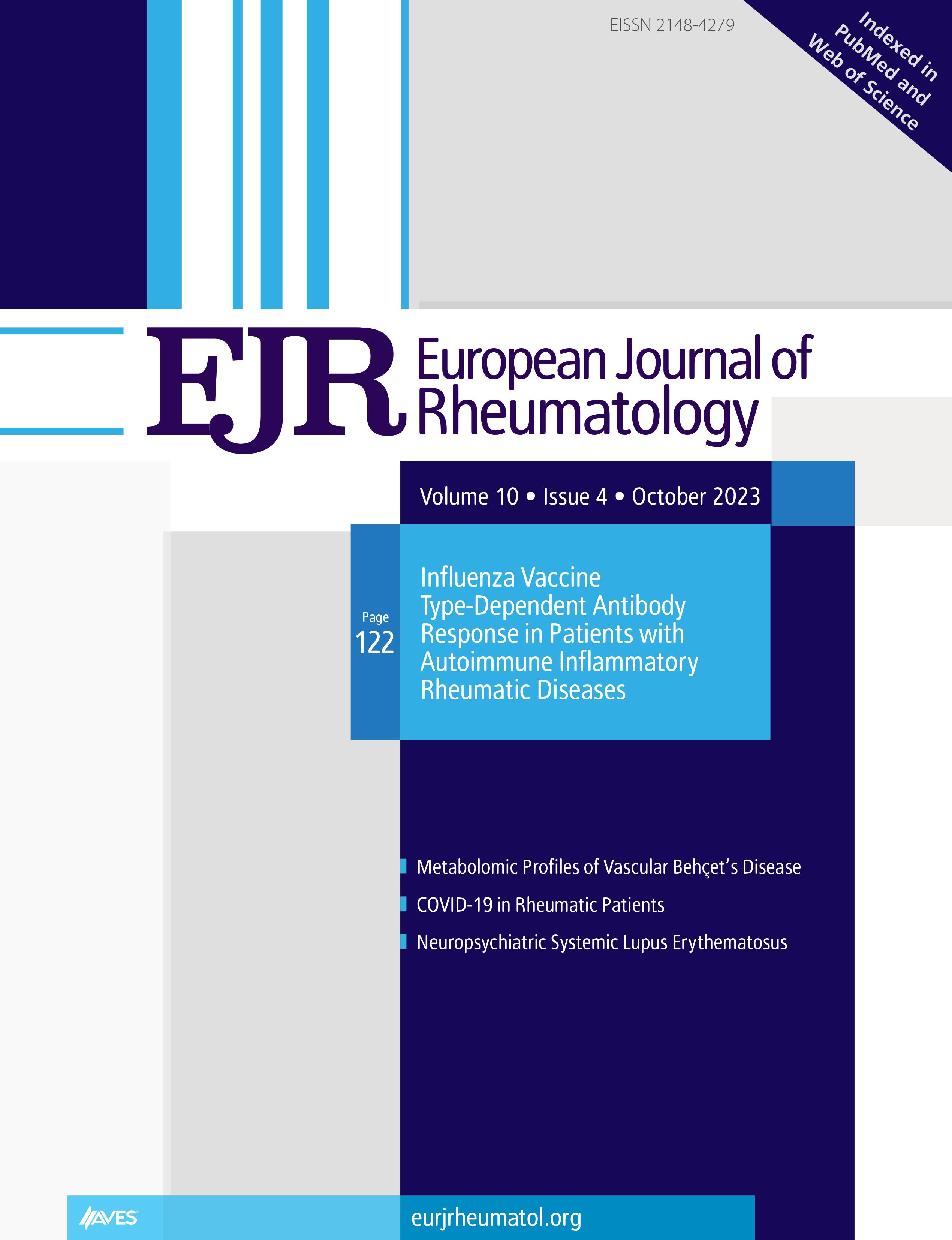Abstract
Objective: Familial Mediterranean fever (FMF) is the most common autoinflammatory disease. Most of the identified disease-causing mutations are located on exon 10. As the number of studies about the effect of the exonal location of the mutation and its phenotypic expression is limited, we aimed to investigate whether the exonic location of the Mediterranean fever (MEFV) mutation has an effect on the clinical manifestation in patients with FMF.
Methods: Study population was derived from the main FMF registry that included 2246 patients from 15 different rheumatology clinics. We categorized the mutations according to their exon locations and retrieved the clinical and demographic information from the database.
Results: Patients having the MEFV mutations on exon 2 or 10 (n:1526) were divided into three subgroups according to the location of the MEFV mutations: Group 1 (exon 2 mutations), Group 2 (exon 10 mutations), and Group 3 (both exon 2 and exon 10 mutations). Group 2 patients were of a significantly younger age at onset, and erysipel-like erythema, arthritis, amyloidosis, and a family history of FMF were more common in this group.
Conclusion: Patients with FMF and exon 10 mutations show more severe clinical symptoms and outcome. Exon 2 mutations tend to have a better outcome.
Cite this article as: Yaşar Bilge Ş, Solmaz D, Şenel S, Emmungil H, Kılıç L, Yılmaz Öner S, et al. Exon 2: Is it the good police in familial mediterranean fever? Eur J Rheumatol 2019; 6(1): 33-6.



.png)